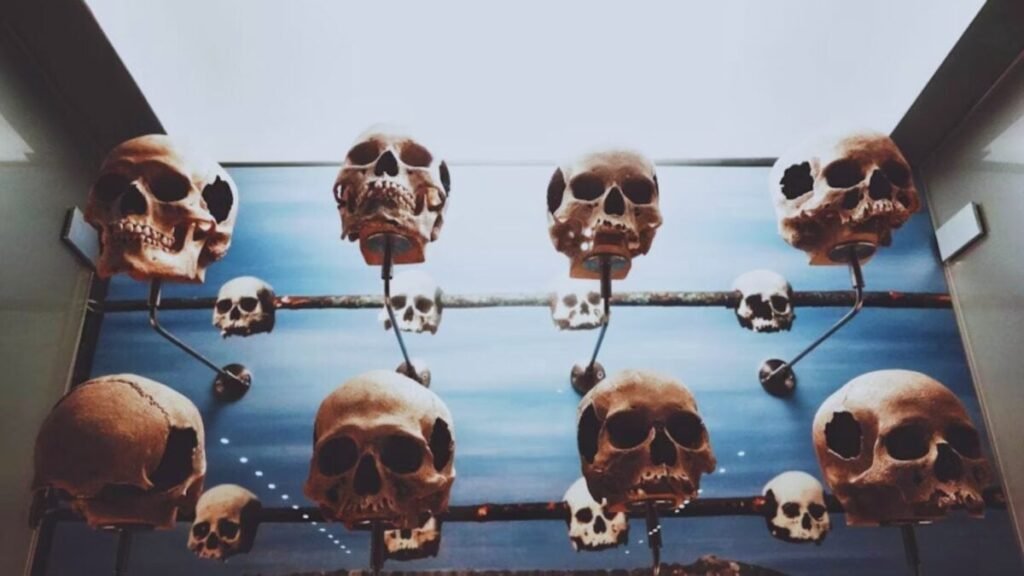The Mystery of the Human Chin: The Trait Evolution Still Can’t Explain

has left clear traces in every corner of our body, from the spinal column that we share with other vertebrates to the nails that connect us with primates. However, there is one feature that breaks the logic of that evolutionary tree: the human chin. A unique trait that resists all explanations.
A feature without precedent in the evolutionary tree

usually trace the origin of each part of the body following evolutionary branches: mammals inherited hair and milk, primates developed nails, and so on. Thanks to this sequence, anatomy is understood as a chronicle of accumulated adaptations.
But the . Neither Neanderthals nor the primates closest to humans have this peculiar protrusion. According to Max Telford, professor of comparative anatomy at University College London, the lack of parallels makes it an enigma: “there is no comparison mechanism, such as convergent evolution, that allows us to verify which theory is correct”.
The mirror of convergent evolution
In most cases, biologists r Traits such as wing shape or testicle size in different species show repeated patterns that allow hypotheses to be compared. Thus, it has been possible to explain why gorillas have small testicles—linked to exclusive harem—while chimpanzees or dolphins have disproportionately sized organs, associated with more competitive reproductive systems.
These examples provide a framework for study: the more a trait is repeated in nature, the easier it is to understand it. The chin, being exclusive to our species, escapes that logic.
Theories without conclusive evidence

The hypotheses are diverse and often contradictory. Some suggest that the chin reinforced the jaw in physical combat; others, that it served as an aesthetic attraction, enhancing male facial hair. A third current associates it with diet: the invention of cooking would have softened foods, reducing jaw strength and generating this change in the bone.
However, no explanation has solid evidence. Unlike reproductive patterns or musculature, the chin lacks comparative examples in other species, which blocks any attempt at confirmation.
An enigma that resists time
The chin is, to this day, a reminder of the limits of scientific knowledge. It represents a vestige that neither genetics nor comparative anatomy have been able to illuminate. In a body that bears the traces of millions of years of adaptation, this small relief remains a chasm of uncertainty.
Is it simply evolutionary chance or a trait with a still-hidden function? The answer, for now, remains buried in the silent history of Homo sapiens.






